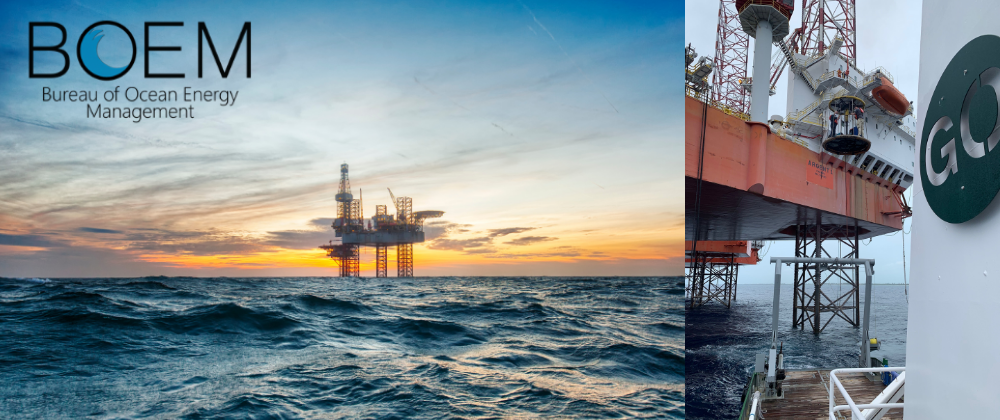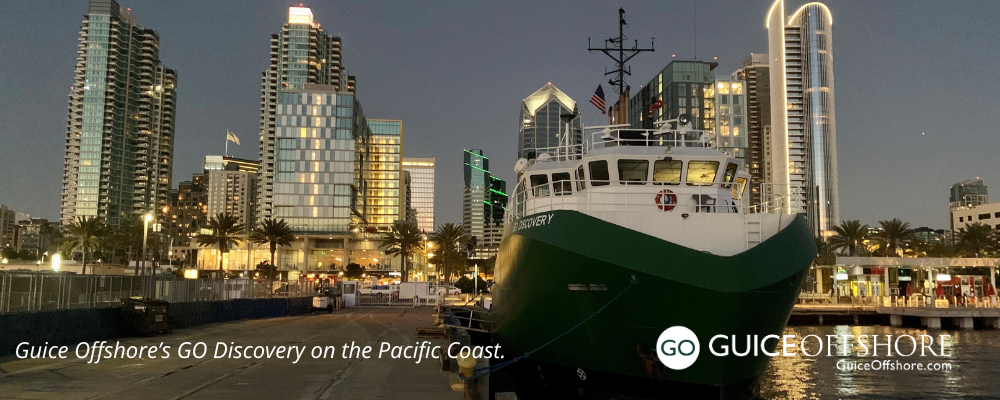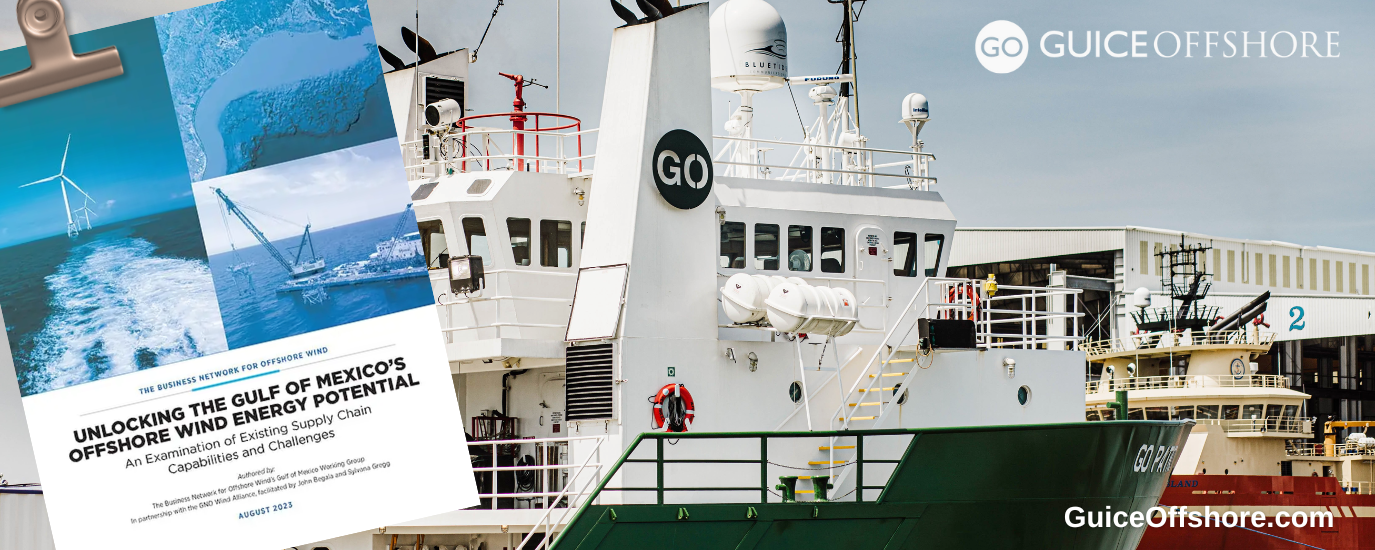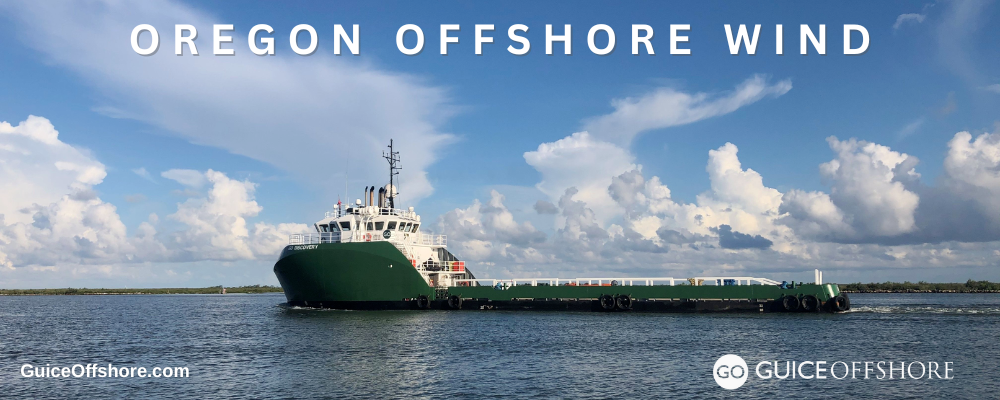Final Notice of Sale Outlines Available Areas in Federal Waters
The U.S. Bureau of Ocean Energy Management (BOEM) announced on September 30, 2021 that it will hold an oil and gas lease sale for the Gulf of Mexico on November 17, 2021 in compliance with an order from a U.S. District Court. The Biden Harris Administration is continuing its comprehensive review of the deficiencies associated with its offshore and onshore oil and gas leasing programs.
Lease Sale 257, scheduled to be livestreamed from New Orleans, Louisiana, will be the eighth offshore sale under the 2017-2022 Outer Continental Shelf (OCS) Oil and Gas Leasing Program.
Lease Sale 257 will include approximately 15,135 unleased blocks located from 3 to 231 miles offshore in the Gulf of Mexico with water depths ranging from 9 to more than 11,115 feet (3 to 3,400 meters).
Among the blocks excluded from the lease sale are the blocks subject to the congressional moratorium established by the Gulf of Mexico Energy Security Act of 2006; blocks adjacent to or beyond the U.S. Exclusive Economic Zone in the area known as the northern portion of the Eastern Gap; and whole blocks and partial blocks within the boundaries of the Flower Garden Banks National Marine Sanctuary as of the July 2008 Memorandum on Withdrawal of Certain Areas of U.S. OCS from Leasing Disposition.
The Gulf of Mexico OCS, covering about 160 million acres, is estimated to contain about 48 billion barrels of undiscovered technically recoverable oil and 141 trillion cubic feet of undiscovered technically recoverable gas.
BOEM will include lease stipulations to protect biologically sensitive resources, mitigate potential adverse effects on protected species, and avoid potential conflicts between oil and gas development and other activities and users in the Gulf of Mexico.
Fiscal terms include a 12.5 percent royalty rate for leases in less than 200 meters of water depth and a royalty rate of 18.75 percent for all other leases issued pursuant to the sale. All other terms and conditions are detailed in the Final Notice of Sale (FNOS) information package, which is available at www.boem.gov/sale-257.
Of note, BOEM will be accepting bids by mail only for Sale 257. Walk-in delivery of bids will not be permitted for this sale. The BOEM reserves the right to reject bids received.
The stipulation that was added for Lease Sale 256 last year specifying the time frame for decisions on an Application for Permit to Drill (APD) and an Application for Permit to Modify (APM) is not included for Lease Sale 257 because it is not needed.
The Notice of Availability of the FNOS is available for public inspection in the Federal Register.
Copies of Sale 257 maps can be obtained by contacting the BOEM Gulf of Mexico Region public information office at 1201 Elmwood Park Blvd. New Orleans, LA 70123-2394 or by calling 1-800-200-GULF.
Guice Offshore (GO) support vessels are a necessary and critical part of the oil and gas offshore exploration and production (E&P) environment, and are utilized in almost every phase of the extraction process, from survey and drilling to production and abandonment. GO maintains a strong presence in the northern Gulf of Mexico E&P sector.
Guice Offshore supply vessels and mini-supply vessels are most often employed in support of Platform and Pipeline Operations (production activities, logistics, diving, ROV, inspection, maintenance, repair, plug and abandonment), however we also participate in certain early phases of oil and gas production like surveying.
The U.S. Department of the Interior’s Bureau of Ocean Energy Management (BOEM) is responsible for America’s offshore energy and mineral resources. The Bureau promotes energy independence, environmental protection and economic development through responsible, science-based management of energy and mineral resources on the U.S. Outer Continental Shelf.



